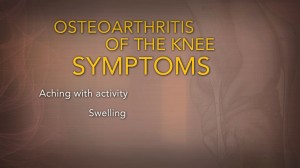NEW YORK (Reuters Health) – In middle-aged Chinese adults, hyperuricemia is an independent risk factor for all-cause mortality, cardiovascular disease, and ischemic stroke, according to results of prospective cohort study conducted in Taiwan.
This finding was true not only in high-risk groups but in the general population, and potentially in low-risk groups as well, Dr. Wen-Harn Pan at the National Taiwan University, Taipei, and associates note in the February 15 issue of Arthritis & Rheumatism.
High levels of uric acid may act as a pro-oxidant, they suggest, which may promote lipid oxidation, “leading to vascular endothelial dysfunction, inflammation, nitric oxide production impairment, atherosclerosis, and thrombogenesis.” By activating the renin-angiotensin system, hyperuricemia also leads to hypertension.
Dr. Pan’s team examined data on approximately 42,000 men and 49,000 women aged 35 years and older (mean 51.5 years) who underwent health examinations between 1994 and 1996, with follow-up until the end of 2003.
Hyperuricemia, defined as serum uric acid level >7 mg/dL, was documented at baseline in 40% of men and 11% of women. During mean follow-up of 8.2 years, there were 5,427 deaths, including 1,151 attributed to cardiovascular disease (CVD).
In the overall study population, hyperuricemia was associated with hazard ratios (HRs) of 1.16 for all-cause mortality (p <0.001), 1.39 for total CVD mortality (p <0.001), 1.35 for ischemic stroke (p = 0.02), and 2.05 for congestive heart failure (p = 0.02).
Furthermore, the authors report, all-cause mortality and CVD-related mortality were increased by 8% and 11%, respectively, for each mg/dL increase in serum uric acid level.
Hyperuricemia had even greater impact on mortality among people with hypertension (HRs: 1.47 for total deaths, 1.67 for total CVD deaths) or diabetes (HRs: 1.89 for total deaths, 2.82 for total CVD deaths).
Even in subjects with normal blood pressure, triglyceride and glucose levels, and BMI < 28 kg/m², the HR for all-cause mortality associated with hyperuricemia was statistically significant at 1.24 (p < 0.02). The risk of CVD death was also elevated in this group, but did not reach statistical significance.
Reference:
Arthritis Rheum 2009;61:225-232.




